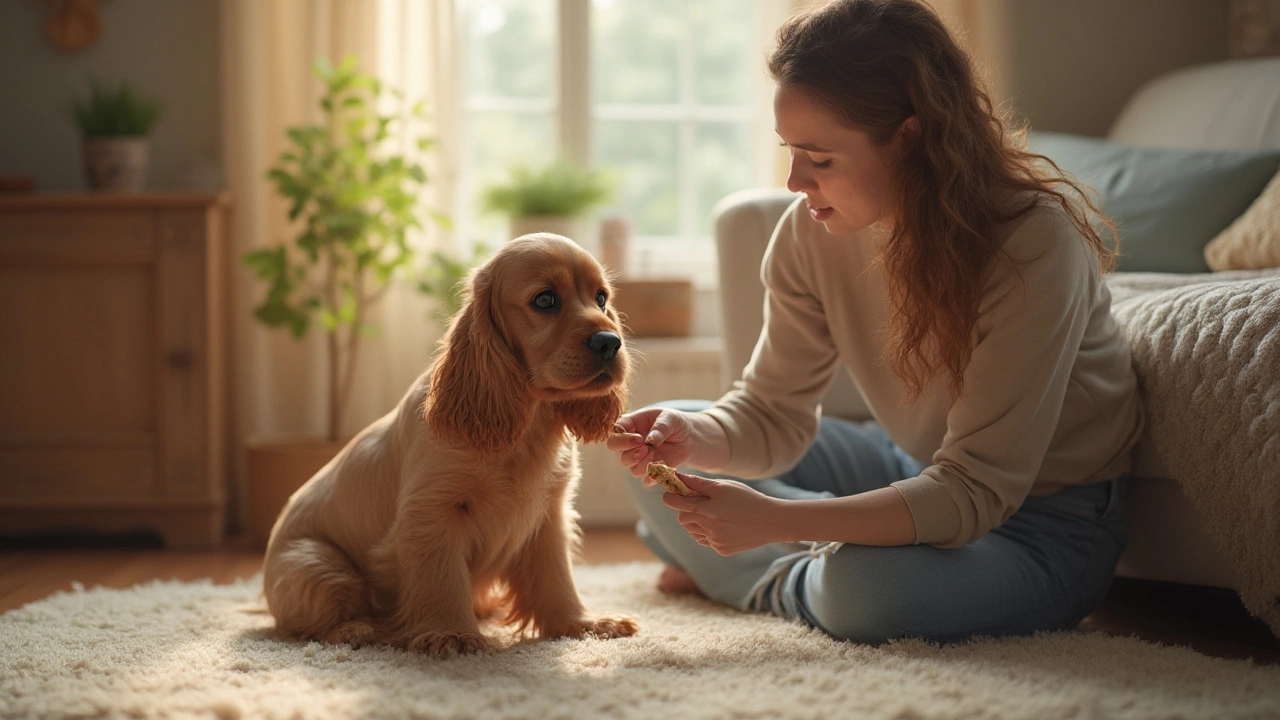Dog Stress Signs: How to Spot Them and Soothe Your Pup
Ever notice your dog staring at a corner, trembling, or suddenly acting weird? Those are classic stress signs. Knowing them helps you step in before the anxiety spirals. Below are the top cues to watch for and easy fixes you can try today.
Typical Stress Signals You Can’t Miss
Body posture: A dog that’s low‑to‑the‑ground, ears back, tail tucked, or rigidly upright is likely uneasy. Notice if the shoulders are hunched or the hips are trembling.
Vocalizations: Whining, high‑pitched barking, or even a sudden quietness can mean nervousness. Many owners mistake quietness for calm, but a normally chatty dog that goes mute may be stressed.
Paw lifting or licking: Dogs often lift a paw or lick their lips when they’re uneasy. It’s a self‑soothing habit that shows up in vets’ waiting rooms.
Excessive panting: Dogs pant to cool down, but heavy panting without heat or exercise points to stress.
Yawning and shaking: These are not signs of tiredness here; they’re stress‑relief moves. A quick yawn followed by a shake? Your dog is trying to reset.
Quick Ways to Calm an Anxious Dog
Once you spot the signs, act fast. Start with a calm voice and gentle petting. Avoid sudden movements that could scare them more.
Safe space: Give your dog a quiet area—like a crate or a cozy corner—where they can retreat. A familiar blanket or toy helps them feel secure.
Deep breathing for you: Dogs read your energy. Slow, steady breaths and a relaxed stance signal that everything’s okay.
Distraction tricks: Engage them with a favorite chew toy, puzzle feeder, or a short walk. Physical activity burns excess nervous energy.
Comfort items: A calibrated calming collar, a piece of your clothing with your scent, or a low‑level white noise can work wonders.
If stress persists, consider a vet check. Hormonal imbalances or medical issues can mimic anxiety. A professional can also recommend safe supplements or training plans.
Watching for stress signs isn’t just about avoiding a bad day; it’s about building a stronger bond with your dog. The sooner you recognize the cues, the quicker you can calm the situation and keep your furry friend happy.
Keep this checklist handy, and remember: a relaxed dog makes a happier home. When in doubt, pause, observe, and give your pup the reassurance they need.
Do Dogs Cry During Grooming? Dog Emotions and Grooming Explained
Discover if dogs cry during grooming, how they show stress, and the best ways to make grooming a calm, positive experience for your dog.
